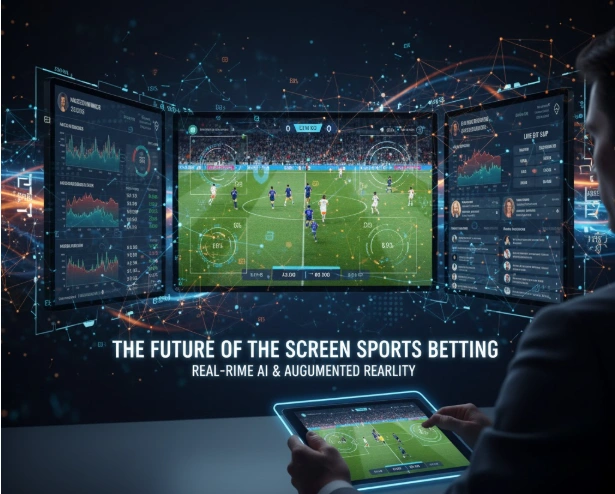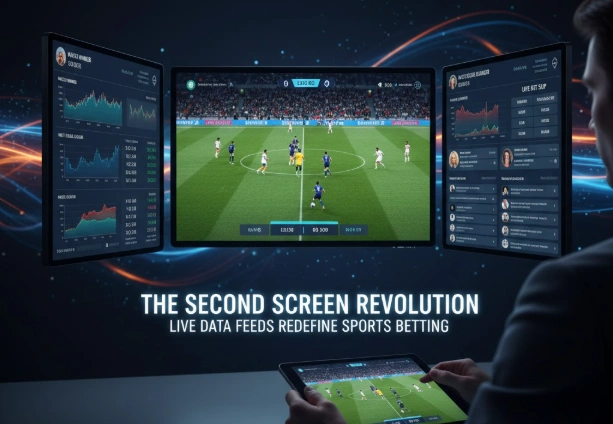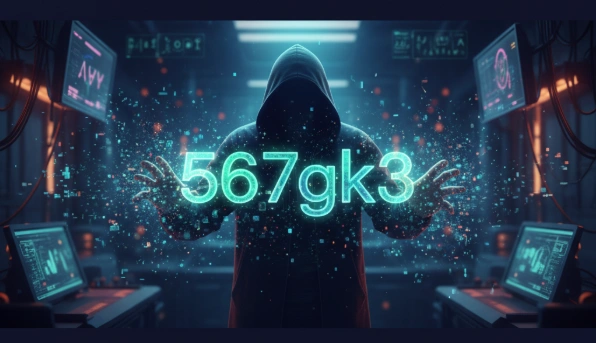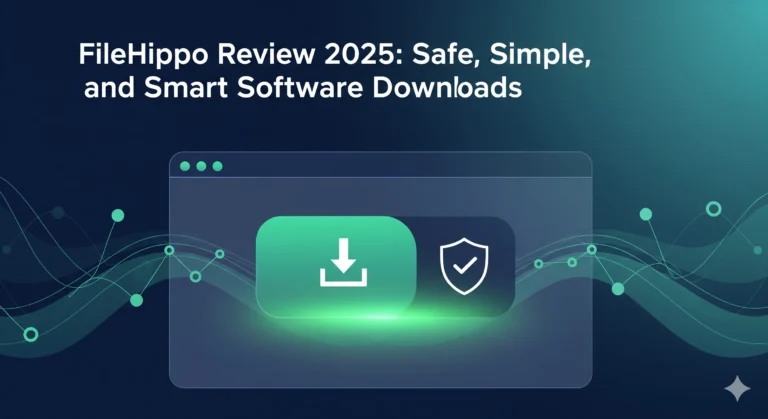The Second Screen Revolution: How Live Data Feeds Are Redefining Sports Betting
The way fans experience sports has changed forever. Gone are the days when watching a live match meant just sitting back and cheering. Today, sports fans are multitasking — one eye on the TV, the other on their phones. This dual-screen habit, known as the Second Screen Effect, is transforming how people watch, interact with, and even bet on sports.
The rise of real-time data feeds has turned viewing into participation. Whether checking live odds, placing micro-bets, or chatting with fellow fans, audiences are now more connected and engaged than ever before.
What Is the Second Screen Effect?
The Second Screen Effect refers to the growing habit of using a second device — like a smartphone or tablet — while watching a live broadcast. For most fans, it’s about accessing stats, highlights, social media reactions, or live betting opportunities without missing a single play.
According to recent reports, more than 80% of sports fans use a mobile device while watching live games. This shift is turning passive viewers into interactive participants, fueling new ways for sportsbooks and digital platforms to engage users.
Why the Second Screen Has Become a Game-Changer
This new style of watching isn’t just about entertainment — it’s about interaction and instant gratification. Fans don’t just want to see what happens; they want to predict it.
A Real-Time Connection
Thanks to live data feeds, betting apps can sync in real time with what’s happening on the field. Odds refresh within seconds, allowing bettors to make decisions instantly as the game unfolds. This tight link between data and action keeps users glued to both screens.
Enhanced Engagement
The second screen makes fans feel like they’re part of the game itself. They can analyze plays, join prediction polls, or react instantly on social media. Every second becomes a potential opportunity — for both fun and betting.
The Role of Live Data Feeds
The backbone of this revolution is real-time data. Sportsbooks depend on high-frequency data feeds that capture everything — from ball speed to player movement — and push updates to betting platforms in milliseconds.
How It Works
Live data is collected through sensor networks, cameras, and official stats providers, then processed by stream-based systems that eliminate delay. This ensures that what fans see on TV matches the odds they see on their phone almost simultaneously.
Why Speed Matters
In betting, milliseconds can mean money. If odds lag behind the live action, players might exploit delays — or lose trust in the system. That’s why sportsbooks invest heavily in low-latency infrastructure, ensuring odds are always aligned with real-world events.
Interactivity: Turning Viewers into Participants
What truly makes the second screen powerful is interactivity. Instead of just watching, fans engage through features like:
- Real-time prediction games
- Live polls and trivia
- Micro-bets (next goal, next point, next foul)
- Instant replays with data overlays
These elements add a layer of excitement to every moment. Imagine watching a soccer match and betting on who’ll score the next corner — all within 10 seconds. That’s the thrill the second screen delivers.
The Rise of Micro-Betting
Traditional betting focused on long-term outcomes — who’ll win, how many goals, or what the final score will be. But modern fans crave speed and continuous engagement.
What Is Micro-Betting?
Micro-betting allows users to place short-term wagers during a match — such as the outcome of the next play or serve. It turns every few seconds into a fresh opportunity to win.
Why It Works
This form of betting aligns perfectly with second-screen behavior. Users already multitask, scroll, and react quickly. Micro-bets reward fast decisions, keeping fans emotionally and financially invested throughout the event.
Monetization and User Retention
For sportsbooks and media companies, the second screen isn’t just engagement — it’s a revenue engine.
Advertising and Sponsorship
During live matches, betting apps and streaming platforms can display real-time ads, affiliate links, and brand integrations that respond to the ongoing action. For instance, a shoe ad might pop up right after a player scores.
Gamification and Loyalty
To keep users coming back, platforms introduce badges, leaderboards, and streak rewards. These game-like features create a sense of achievement and friendly competition, boosting retention and cross-platform loyalty.
Overcoming Technical Challenges
While the second screen offers massive potential, it also brings tough challenges — especially around synchronization and user experience.
Data Lag and Accuracy
One of the biggest hurdles is latency. Even a 10-second delay between live video and data feeds can make betting feel unfair. Platforms are now experimenting with AI-based predictive syncing and faster streaming protocols to eliminate this gap.
Maintaining Data Integrity
When real money is involved, accuracy is everything. Systems must handle huge volumes of incoming data without crashes or inconsistencies. Many operators use redundant servers and error-tolerant architectures to ensure stability.
Designing for Speed: The UX Factor
In second-screen betting, design can make or break the experience. Every second counts.
- Clear layouts allow users to act fast without confusion.
- One-tap betting options reduce friction during time-sensitive plays.
- Predictive shortcuts suggest bets before users even decide.
Apps that master this balance of speed, clarity, and usability see higher engagement and fewer abandoned sessions.
The Future of the Second Screen in Sports Betting

The future looks even more interactive. We’re already seeing new technologies shaping the way fans engage with live sports.
1. Alternate Broadcasts (Altcasts)
These specialized streams include real-time analytics, commentary, and betting overlays that make matches more immersive.
2. Augmented Reality (AR) and Wearables
Soon, fans might use AR glasses to see odds and player stats appear directly over the field view — powered by AI-driven data feeds.
3. Personalized Predictions
Machine learning will soon predict what types of bets or insights a fan prefers, offering a tailored experience unique to each viewer.
4. Biometric Data Integration
With the rise of smartwatches, heart rate and reaction data could influence predictive analytics — merging human behavior with machine learning.
Responsible Betting and Smart Engagement
As the line between watching and betting blurs, it’s essential for fans to bet responsibly. Second-screen engagement should enhance entertainment, not lead to excess.
Betting platforms are increasingly integrating features like:
- Session limits
- Deposit caps
- Real-time reminders
- Responsible gaming incentives
These measures help maintain a healthy, sustainable betting environment while keeping users in control.
Strategic Outlook: The New Age of Digital Sports
The Second Screen Effect isn’t just a passing trend — it’s shaping the future of sports entertainment. Platforms that invest in real-time infrastructure, immersive design, and AI-driven personalization will dominate the next generation of betting experiences.
Fans want to feel closer to the action. They want instant updates, seamless betting, and meaningful interactions. As technology evolves, the gap between watching and participating will disappear entirely — giving rise to a new era of dynamic, data-driven sports entertainment.
Conclusion
The Second Screen Effect is transforming how we experience sports and online gaming. What once was a simple act of watching a match has evolved into a fully interactive, data-driven adventure. With the rise of live data feeds, real-time betting, and micro-interactions, fans are now part of the action, not just spectators. This blend of entertainment, technology, and engagement has made sports betting faster, smarter, and more immersive than ever before.
FAQS
1. What is the Second Screen Effect in sports?
It’s when fans use another device, like a phone or tablet, while watching live games to check stats, place bets, or chat online.
2. How does the second screen change how we watch sports?
It makes the experience interactive — fans now predict plays, engage in live chats, and place bets in real time.
3. What is micro-betting?
Micro-betting lets users place short-term wagers on specific events during a match, like who scores next or wins the next point.
4. Why are live data feeds important for betting?
They ensure odds stay in sync with live action, allowing fans to make instant decisions without delay.
5. What’s next for second-screen betting?
Expect integration with AR, AI predictions, and real-time personalization to make watching sports even more engaging.







